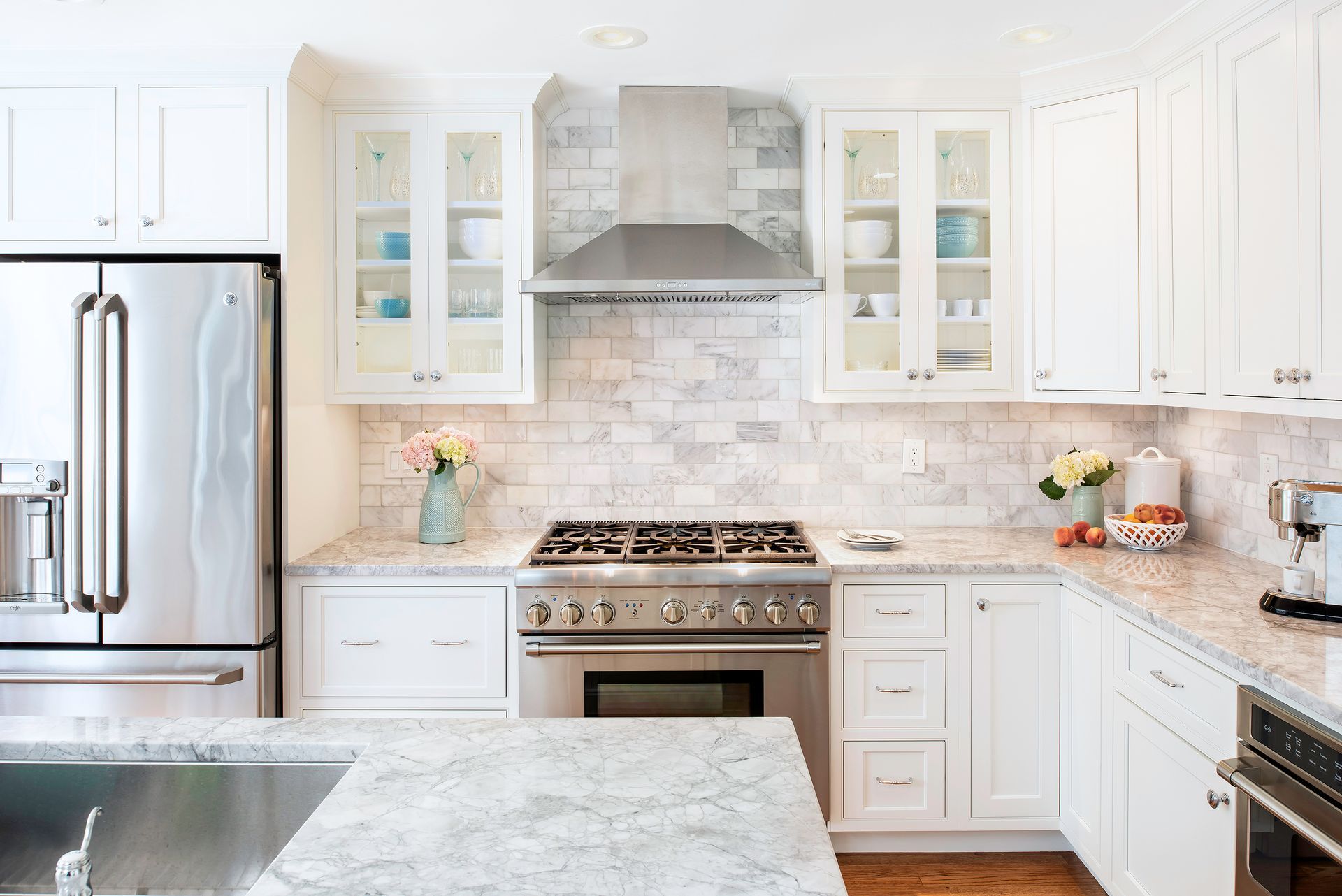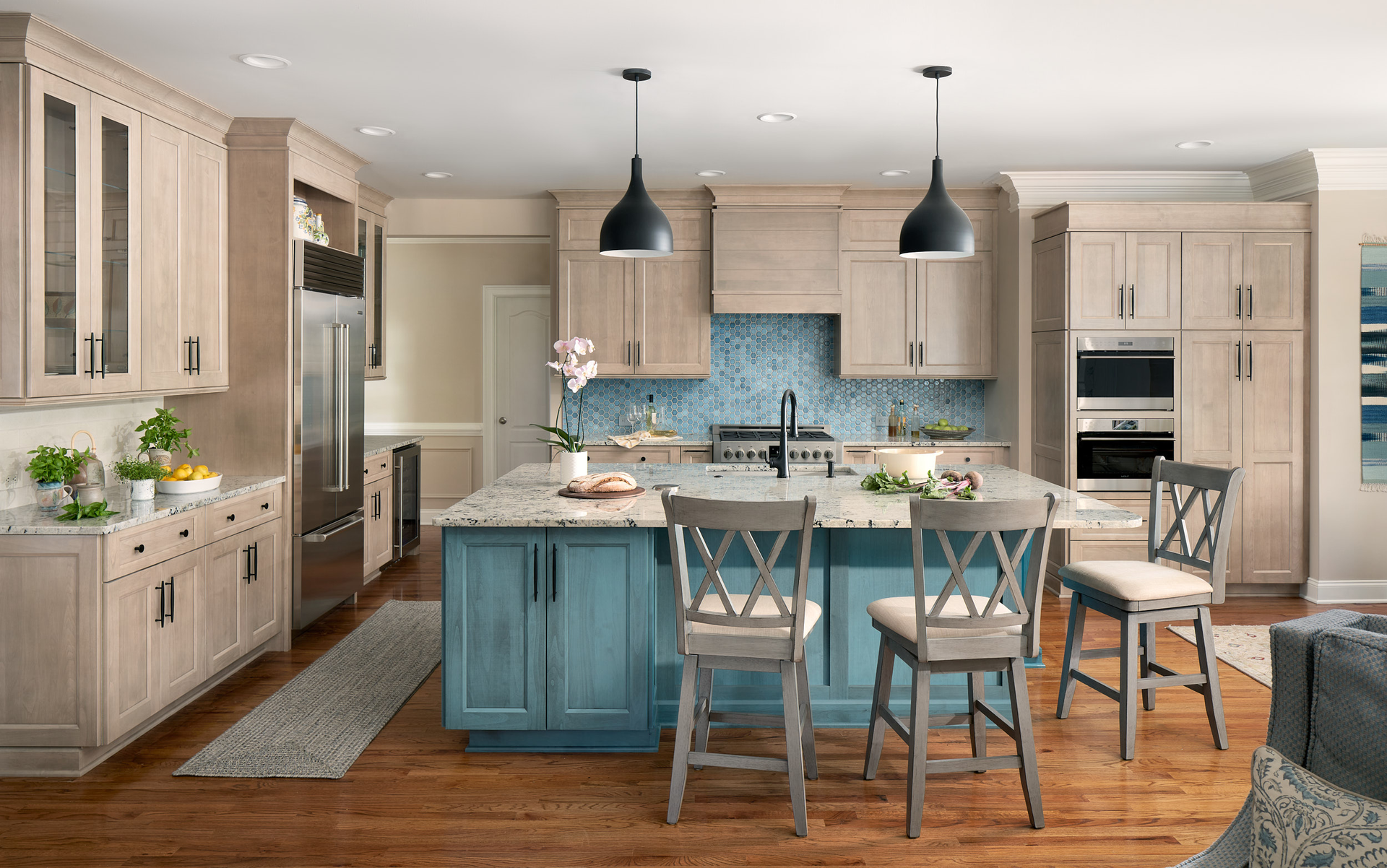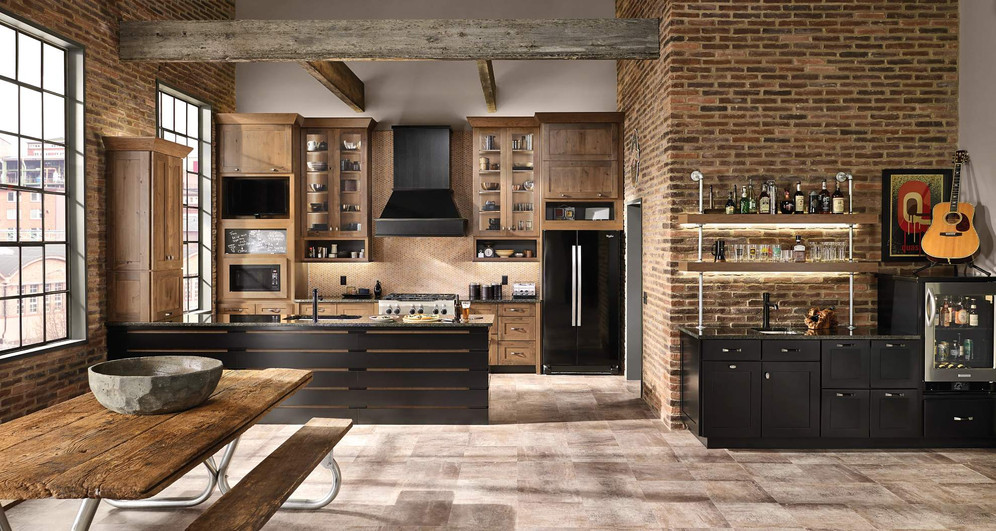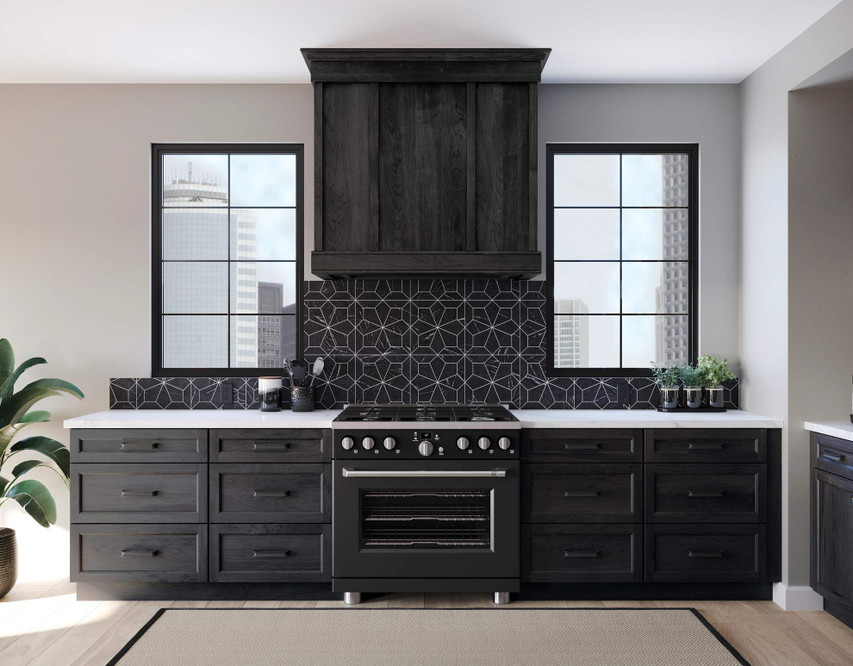The Most Durable Cabinet Materials for Busy Kitchens

In a busy household, your kitchen cabinets do more than store cookware and ingredients-they endure daily wear and tear, resist spills, and stand up to frequent use. Choosing durable kitchen cabinet materials isn’t just about aesthetics; it’s about investing in long-term function and performance.
At Freedom Cabinets, we help homeowners in Akron and Cleveland design kitchens that are both beautiful and built to last. Whether you’re selecting materials for a complete renovation or updating a few key elements, understanding what makes a cabinet material durable is essential to a smart remodel.
Why Cabinet Durability Matters
Kitchen cabinets are opened and closed countless times a day. They encounter everything from grease and water to fingerprints, spills, and slamming doors. If your cabinets can’t stand up to this environment, they quickly show signs of aging: peeling, cracking, warping, or discoloration.
When you choose durable materials, you ensure:
- Longer-lasting beauty
- Lower maintenance needs
- Better return on investment
- Fewer repairs or replacements
Durability also contributes to the overall integrity of your kitchen design. Sturdy cabinets keep your storage secure and your layout functioning properly.
Top Cabinet Box Materials Ranked by Durability
The cabinet box (or carcass) is the structural part of the cabinet. It holds up your doors, drawers, shelves, and countertops. Here are the most common materials, ranked by performance and resilience:
1. Plywood
Plywood is widely considered the most durable cabinet box material. It consists of layers of wood veneer glued together, alternating the grain direction for strength. High-quality plywood resists warping, handles weight well, and stands up to moisture better than most alternatives.
Plywood is often used in premium cabinet lines, including many offered at Freedom Cabinets. It’s a favorite for homeowners who want lasting performance, especially in busy kitchens.
2. Furniture-Grade MDF
MDF (Medium Density Fiberboard) is made from wood fibers compressed under heat and pressure. When labeled furniture-grade or high-density, MDF becomes a very stable and smooth option for painted finishes. It doesn’t crack like solid wood can under temperature changes, and it takes paint extremely well.
However, MDF is less water-resistant than plywood and more susceptible to swelling if not sealed properly, so it’s best used in low-moisture areas or with protective coatings.
3. Particleboard (Low-Grade MDF)
Particleboard is a lower-cost material made of wood chips and resin. While it’s lightweight and budget-friendly, it’s less durable than plywood or high-grade MDF. It tends to sag under weight, doesn’t hold screws as securely, and reacts poorly to moisture.
We generally recommend avoiding particleboard for base cabinets or high-traffic areas. However, it can be appropriate for certain wall cabinets or temporary installations.
Door and Drawer Front Materials
The visible front of your cabinets is subject to scratches, grease, cleaning products, and frequent touching. Here's how popular door materials stack up:
Solid Hardwood
Solid wood like maple, oak, cherry, or hickory is beautiful, strong, and traditional. It handles daily wear well and can be refinished multiple times. However, natural wood can expand and contract with humidity, leading to potential warping over time.
Solid hardwood is ideal for homeowners who want timeless character and durability especially in well-ventilated kitchens.
MDF with Painted Finish
MDF door fronts provide a smooth, crack-resistant surface for painted finishes. Because MDF doesn’t have wood grain, it allows for flawless paint applications. It also avoids the cracking that can occur along joints in wood doors.
For homeowners seeking a modern or transitional look with paint (like soft gray, navy, or white), MDF doors are a durable and reliable choice.
Thermofoil or Laminate
Thermofoil is a vinyl layer heat-pressed onto MDF. It creates a uniform, wipeable surface that resists stains and fading. However, it can peel if exposed to prolonged heat or moisture.
Laminate doors are similar but often more durable than thermofoil. High-pressure laminate (HPL) provides scratch and impact resistance and comes in a wide range of textures and colors. These materials are great for active households, rental properties, or anyone prioritizing easy care.
Key Factors That Affect Cabinet Longevity
Beyond the material, several features determine how well your cabinets perform over time:
- Construction method: Dovetail joints, full-back panels, and pocket screws all add strength.
- Hardware quality: Soft-close hinges and drawer glides protect against daily slamming.
- Finish: Painted, stained, or laminated surfaces all require protective topcoats to resist moisture and fading.
- Installation: Proper leveling, secure fastening, and sealing ensure long-term integrity.
That’s why working with a cabinet professional like our design team at Freedom
Cabinets-makes a difference. We ensure your materials, construction style, and finish all support your kitchen’s needs.
Best Materials for Busy Kitchen Zones
Certain areas of the kitchen take more abuse than others. Here’s what we recommend:
Base Cabinets: Use plywood boxes with solid wood or HPL doors for strength near the floor.
Sink Cabinets: Go with moisture-resistant plywood or sealed MDF to withstand plumbing leaks.
Cooking Zones: Avoid thermofoil near ovens. Opt for laminate or painted MDF with heat shielding.
Island Cabinets: Plywood or hardwood for durability, especially in homes with kids.
Durable Cabinet Brands Offered by Freedom Cabinets
At Freedom Cabinets, we curate cabinet lines known for craftsmanship, quality materials, and long-term performance. We offer:
- Atlas Cabinets: Our signature label featuring all-plywood construction and quick delivery
- KraftMaid: A leading national brand known for robust options and personalized style
- Shiloh Cabinetry: American-made, all-wood cabinets with durable finishes
- Aspect & Eclipse Cabinetry: Flexible options that balance durability with modern style and price
Each of these cabinet lines offers durable construction and finishes that hold up in real kitchens.
Let Our Design Team Help You Choose Wisely
If you're overwhelmed by cabinet material choices, you're not alone. It takes experience to match materials to your kitchen layout, usage habits, and style preferences. That’s where Freedom Cabinets can help.
Our experienced designers listen to your goals, guide you through wood and engineered options, and make sure the final plan works as well as it looks. We'll show you real samples in our showrooms so you can see and feel the difference.
Visit Freedom Cabinets in Hudson or North Royalton
Your kitchen should support your life, not fall apart from it. If you're ready to explore cabinet options that last, visit our showrooms in Hudson and North Royalton. Freedom Cabinets proudly serves homeowners throughout Akron and Cleveland with cabinetry designed for longevity, beauty, and everyday performance.
Let us help you choose the most durable cabinet materials for your lifestyle and budget..
Frequently Asked Questions (FAQs)
What is the most durable kitchen cabinet box material?
Plywood is generally considered the most durable, offering moisture resistance and structural integrity.
Are solid wood cabinets more durable than MDF?
Solid wood is very durable, especially when properly finished. MDF resists cracking and is ideal for painted doors but needs proper sealing against moisture.
Which cabinet finish lasts longest?
High-pressure laminate and painted finishes with protective coatings tend to last the longest in busy kitchens.
Do cabinet materials affect resale value?
Yes. Buyers often view plywood or solid wood cabinets as higher quality, which can increase home appeal and value.
Can I mix materials in my kitchen cabinets?
Absolutely. Many homeowners use plywood boxes with MDF doors or mix solid wood doors with painted accents for a custom look.







